Five years later, women still lack historical recognition
Women are still underrepresented in history and continue to be portrayed in secondary roles
Historical literature often portrays men as the cornerstones of our past. However, beneath these works lie the countless unrecognized women who shaped the world. For example, while most know of Paul Revere’s midnight ride from history class, few know about the midnight ride of Sybil Ludington; a 16-year old girl who traveled twice as far as Paul Revere to rouse scattered militiamen to address the mounting British threat in Danbury, Connecticut. In biology class, students learn about Francis Crick and James Watson for their discovery of the double helix DNA structure- even though Rosaland Franklin, a female scientist, first identified and discovered it. There are countless others, some of which include Dr. Solomon Snyder; who took credit for Candace Pert’s game-changing work in neuroscience and Charles Durow; who practically stole Elizabeth Margie Phillip’s invention of the game Monopoly.
About six years ago, my sister asked me to name important female historical figures for an Eastside article. At the time, I could only name Besty Ross, Harriet Tubman, and Rosa Parks. Yet when it came to male figures, I listed numerous names, rambling on “for at least ten minutes,” according to my sister, Shari. I decided to take up this challenge again now that I’m fifteen. How many female figures could I name? I called my sister to time me and record all the people I could name within two minutes. This time, I could name over twenty: Molly Madison, Kamala Harris, Anne Frank, and Ruth Bader Ginsburg were just a few. Yet the reality remains that I learned about these women on my own and not from school nor textbooks.
While women make up roughly half of the global population, female success stories time and time again are not included in the history and past we learn about. This is largely because, according to Time, many of our texts about women “tend to be written by men, and often in limiting ways that reduce women to objects of lust and affection, or limit [them] to secondary roles.” As a result, women often appear as wives, mothers, and daughters in stories, rather than the recognizable figures they are.
We need to write more women into our story. Currently, our story ignores and undervalues female achievements and their work. Instead of looking away from women when we learn about history, we need to change the focus. There are so many influential female figures whom we can explore in history classes. Take Ann Tsukamoto for example, who helped scientists around the world understand the blood systems of cancer patients, or Stephanie Kwolek who invented lightweight fiber used in bullet-proof vests and body armor.
Women no longer should appear in secondary roles, especially because women with influence, wealth, and power are no longer an unimaginable reality. So what should we be doing to ensure women are included in our understanding of the past and are memorialized for their historical achievements, alongside men?
According to the National Women’s History Museum (NWHM), “Women’s experiences and stories are not well integrated into US state history standards.” NWHM’s subsequent studies revealed that “The lack of representation and context in state-level materials presupposes that women’s history is even less represented at the classroom level.” In the future, teachers, scholars, and students need to examine the ways that we teach history and make sure to include female figures. If we fail to do so, “each time a girl opens a book and finds a womanless history, she [will] learn she is worthless” (Myra Sadker).
There is no men’s history month because we constantly learn about men’s history, or as we call it; history. Thus, just like my sister declared six years ago, Women’s History Month should not have to even be a thing. Every month should be Women’s History Month: let’s write women — peoples of color, gay people, trans people, those who do not fit into a gender binary, and everyone else who has contributed to our world but has been excluded from the story of it — into history, where they belong.

Asher Boiskin is a senior and one of Eastside’s Online Editors-in-Chief. He loves participating in Model United Nations conferences, reading nonfiction,...

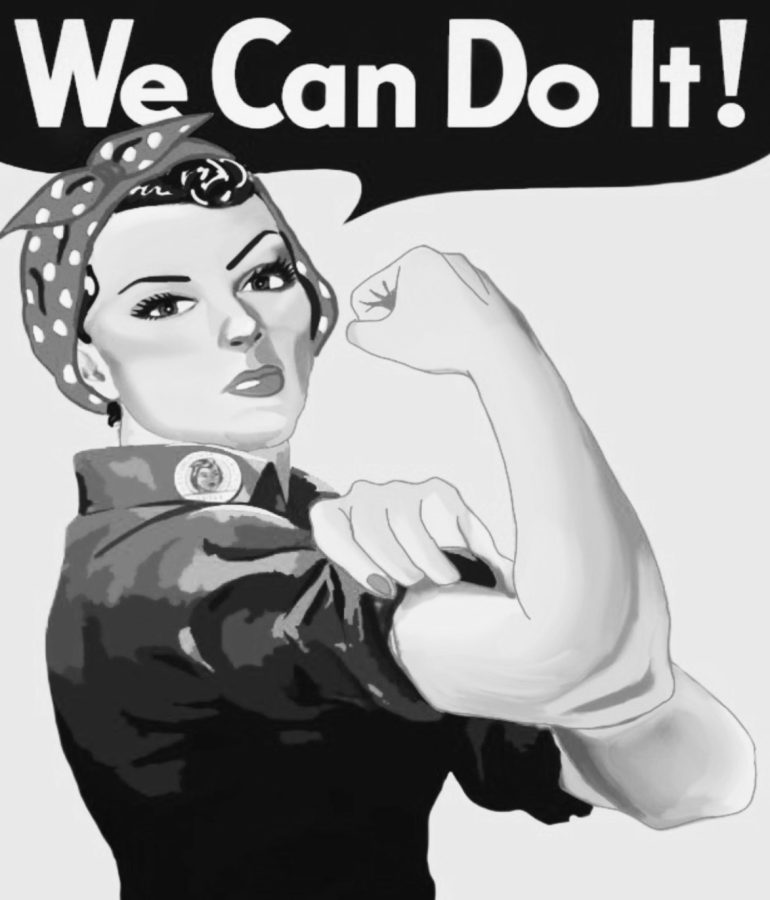
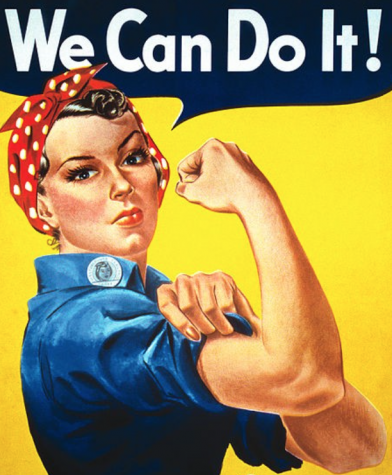
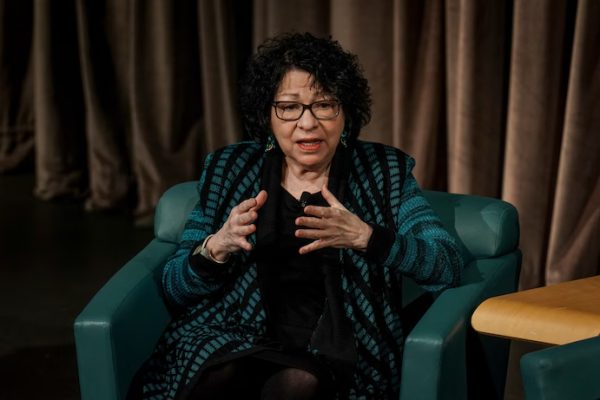
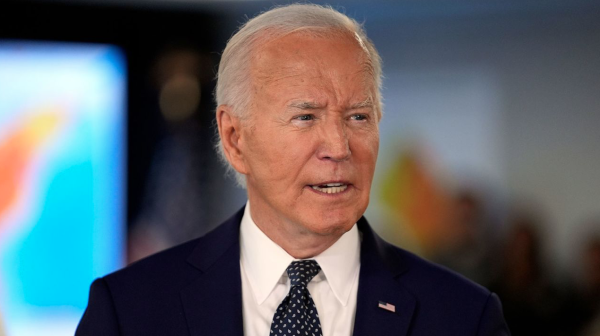


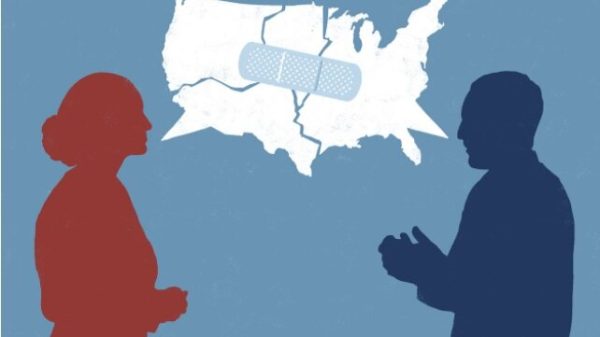

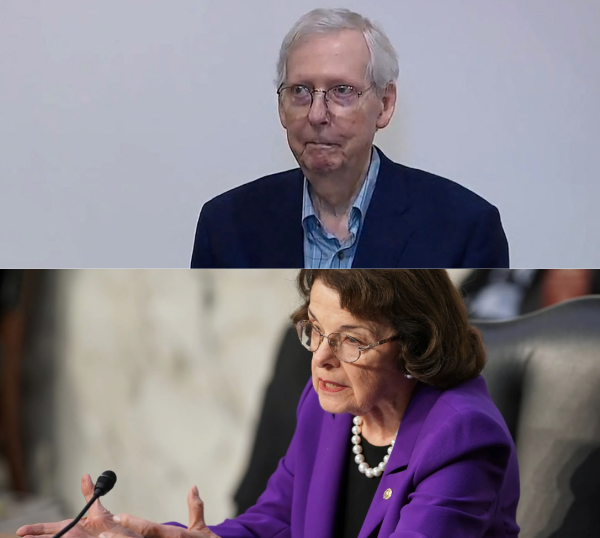
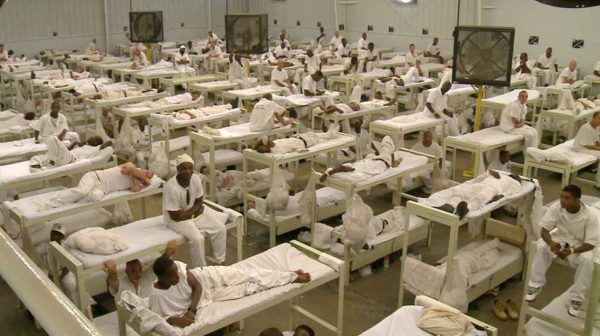
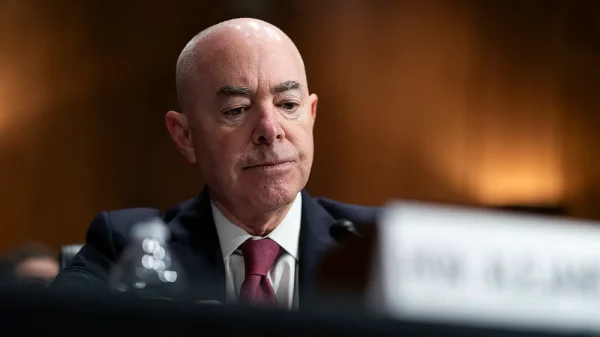
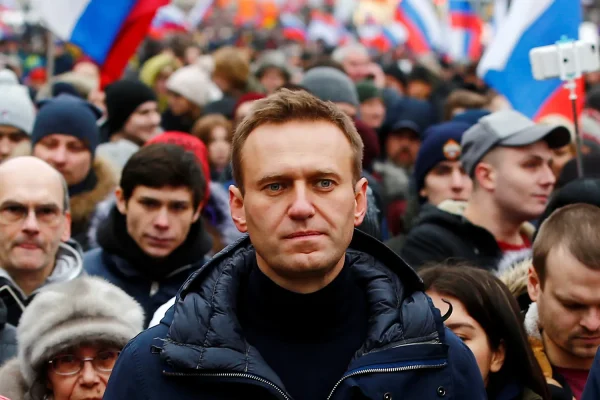
Staci Boiskin • Jan 6, 2023 at 8:36 pm
So proud of you, Asher! What a great article!